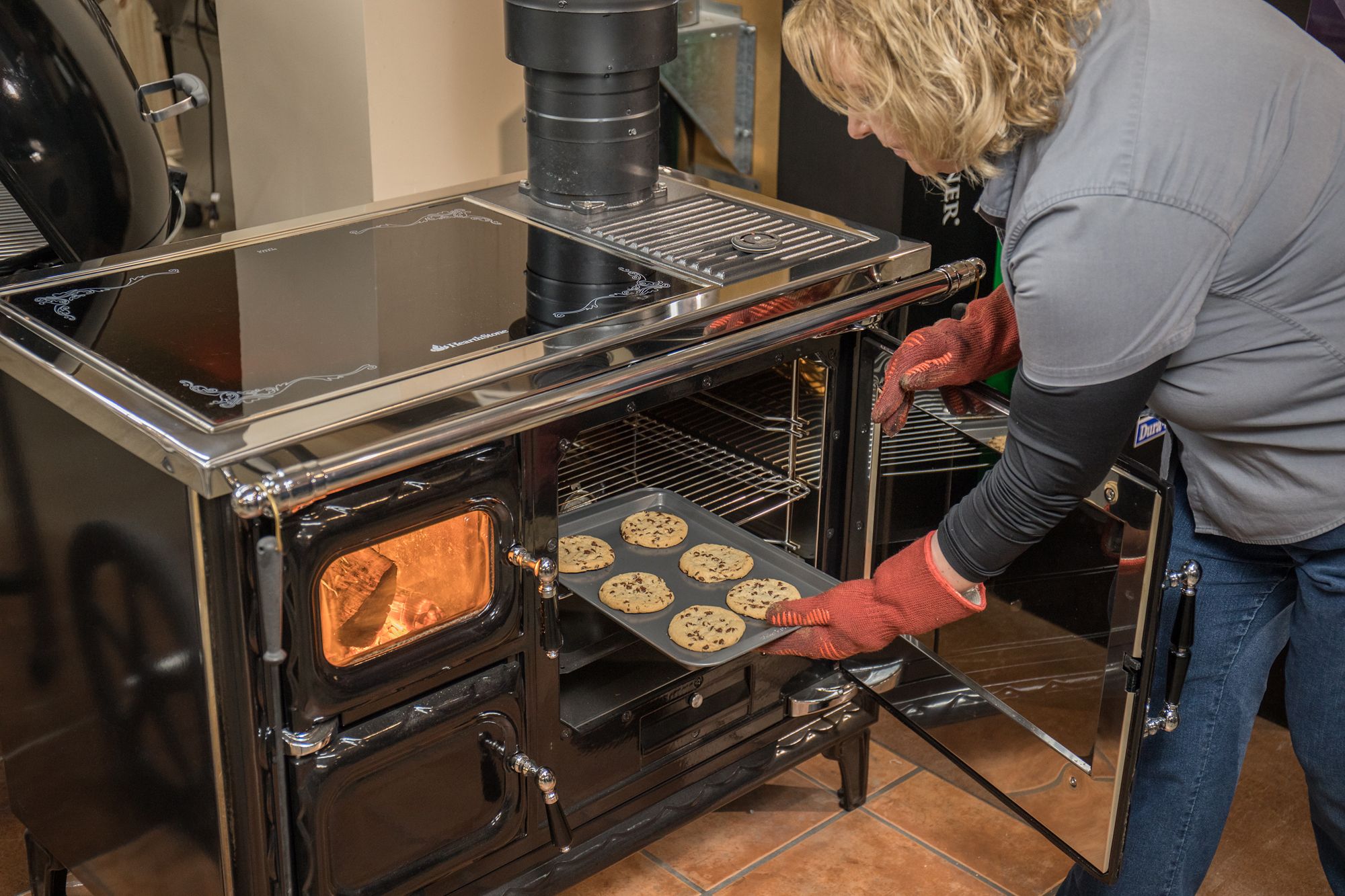When Life Gives You Sunshine...Grow Lemons! You can raise this sunny citrus inside


Ever since I can remember, I’ve wanted to grow lemons. When we lived in Florida, our backyard was a forest of fragrant citrus trees—tangerine, pomelo, orange, and pink grapefruit. Then we we we moved back to my roots in the Shenandoah Valley of Virginia, which is not exactly the place to grow lemons.
However, our current home has a large living room with a bank of southeast-facing windows. We heat with a wood stove that keeps the room toasty in winter. Except for humidity, it seemed to be the perfect environment for lemons. I just wasn’t sure where to begin, so I asked our local nursery owner if I could grow lemons inside.
“Sure,” she said. And that was all it took.
The Meyer lemon
Frank Meyer, an agricultural explorer for the United States Department of Agriculture, brought the Meyer lemon to the U.S. from China in 1908. As a dwarf tree, mature Meyers grow only up to 15 feet tall in the ground. The fruit, though, are not a disappointment. Large, round, and a deep yellow in color, the Meyer lemon is sweeter and less acidic than the typical lemon. The skin is thinner and has an herbal nuance to it, without the bitterness found in a regular lemon rind.
“The Meyer lemon is a cross between a lemon and a sour orange,” explains Byron Martin, co-owner of Logee’s Greenhouses in Danielson, Conn. “They are propagated by cutting or grafting the flowering wood and are fast growing.”
You can purchase lemon trees through the mail if you don’t live near a nursery that grows them. I purchased a Meyer lemon tree that was about 18 months old. It started flowering and set fruit shortly after I received it.
“Our cuttings in two-inch pots take one to two years to fruit,” says Martin, “Others flower in a year or less.”
How to grow lemons indoors
The trick to growing lemons indoors is to not keep the tree indoors. They can grow in any weather above freezing, but are happiest in temperatures between 50-80°F. In spring I start hardening my tree off by putting it on the patio during the day and bringing it in when the sun moves toward the horizon. Eventually, the tree stays outside all summer. Then near the end of summer, when the temperatures start cooling down, I again bring it in at night. When the frosts start coming, I stop taking it out entirely. To find your hardiness zone and frost dates, check the USDA Plant Hardiness Zone Map.
While outdoors, regularly inspect your tree for pests. According to Martin, the most common are spider mites, scaly bugs, and mealy bugs. Outside, natural predators should take care of them. But before moving the tree inside for the winter, he recommends spraying it with neem oil.
Of course, you don’t want your tree to grow 15-feet tall in the house—compact three-foot dwarf trees are available—but you will need to occasionally upsize your pot to give it room to grow. The taller your tree grows, the deeper you want the pot, too, to balance it and prevent it from falling over.
The more direct sun your tree gets, the healthier it will be. For that reason, I move my tree around the room all morning to keep it in direct sunlight. Keeping it on a rolling plant dolly makes moving it around an easier task.
Lemons love water
“Managing your lemon tree’s water is critical,” Martin advises. “Root disease is the biggest problem” and wet feet contribute to it. He suggests using a clay pot, making certain that it drains well, and letting the soil dry out thoroughly before watering again.
“You want it to go through a true wet/dry cycle,” he says.
Humidity is important, too. I keep a spray bottle hanging on the side of the pot. Several times a day I mist my tree. You can also set the container on top of a tray of pebbles. When you water the tree, the water will drain into the pebbles and then evaporate to create humidity for your lemons—all while keeping the roots dry. If you can still lift your tree into the bathtub, try giving it a shower every so often. A shower gives it much needed water and washes the dust off the leaves. I also keep a pot of water on the wood stove to increase the humidity in the room.
And they love to eat
Citrus trees are heavy feeders. That means they rapidly leach nutrients out of the soil. Consequently, the soil in a container becomes depleted before the tree outgrows the space. That is why you want to fertilize a few times a year.
Martin recommends a balanced, slow-release organic fertilizer. Use it to top dress the soil every four to six weeks during the summer months, following the package directions. When repotting, choose a sandy, slightly acidic soil and upsize the pot by 25 percent.
Meyer lemons are worth the wait
I remember the first harvest from my lemon tree like yesterday. I agonized over when to pick the fruit. Friends in Texas told me to wait until the lemons were very yellow and wanted to come off in my hands. When that time came, I walked around all day holding my first lemon, rolling it around in my hands, breathing deeply of its heady aroma.
From bloom to harvest, it takes just as long to grow a lemon as a human baby—nine months. I figure that’s because nature put some extra goodness in lemons. Growing them is a slow process but with a Meyer, it’s worth the wait.
Tags:Hearth & Home

Acreage Life is part of the Catalyst Communications Network publication family.
















